Top Things to Know Before Buying Exotic Indoor Plants
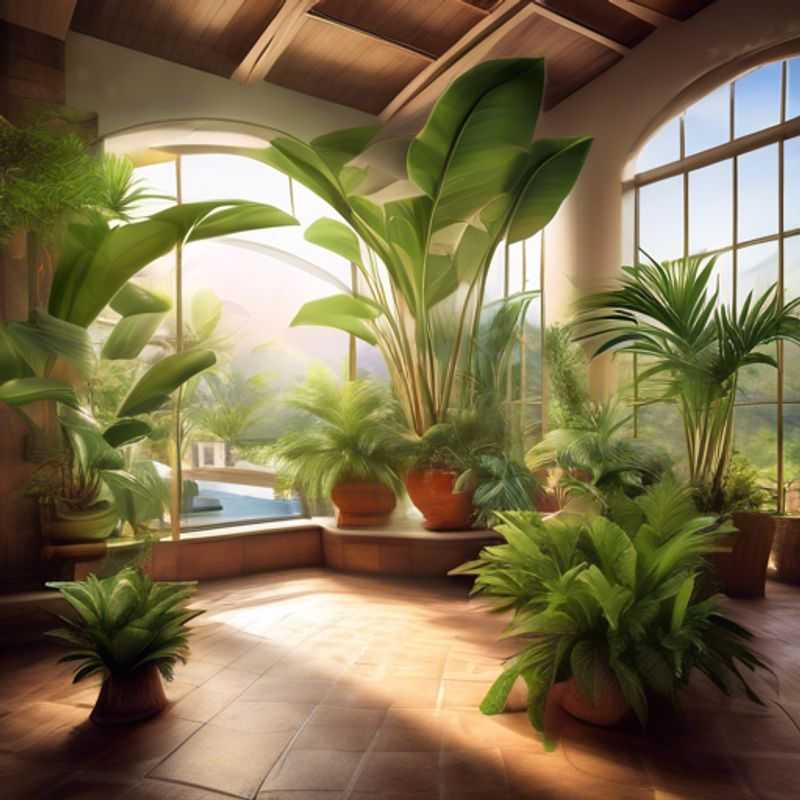
Top Things to Know Before Buying Exotic Indoor Plants: A Guide to Success
Welcome, fellow plant enthusiasts!

Unlocking the Secrets: Researching the Care Needs of Your Exotic Indoor Plant
Bringing a piece of the exotic into your home with an indoor plant is an exciting endeavor! Before diving in, however, it's crucial to understand the specific care requirements of your chosen species. This research can be your plant's best friend, ensuring its thriving and beauty for years to come.
Start by pinpointing the exact species. This is crucial because care needs can vary even within the same family of plants. Once identified, focus on its natural environment – is it a jungle dweller, a desert survivor, or a mountain climber? This provides vital clues.
Next, dive into the details:
Light: How much sun does your plant crave? Direct, filtered, or low light? Knowing the optimal light conditions will prevent wilting or excessive stretching.
Water: The water needs of exotic plants can be a delicate dance. Determine how often to water and how much, focusing on the soil moisture level as a guide. Overwatering can be lethal, so understanding this is critical.
Humidity: Some exotic plants thrive in humid environments, while others prefer dry air. Consider your home's climate and use humidifiers, pebble trays, or grouping plants to achieve the desired humidity.
Temperature: Just like us, plants have temperature preferences. Research the ideal temperature range for your exotic friend. This may involve adjusting your thermostat or choosing the right location in your home.
Soil: The soil type is a critical factor. Some plants prefer airy mixes, while others favor denser, nutrient-rich soil. Selecting the right soil type ensures proper drainage and nutrient uptake.
Fertilizer: Exotic plants, like all living things, need nutrients to thrive. Research the ideal fertilizer type and frequency for your specific species. Too much fertilizer can be as harmful as too little.
Pruning: Regular pruning can encourage healthy growth and prevent legginess. Research the appropriate techniques for your exotic plant to keep it looking its best.
Pests and diseases: Be aware of common pests and diseases that might affect your exotic plant. Knowing the signs and preventative measures will help safeguard your investment.
Remember, this information is readily available online. Utilize reputable sources like university websites, gardening blogs, and online plant communities to gain insights. By investing time in researching your plant's needs, you'll reap the reward of a flourishing, exotic companion in your home.
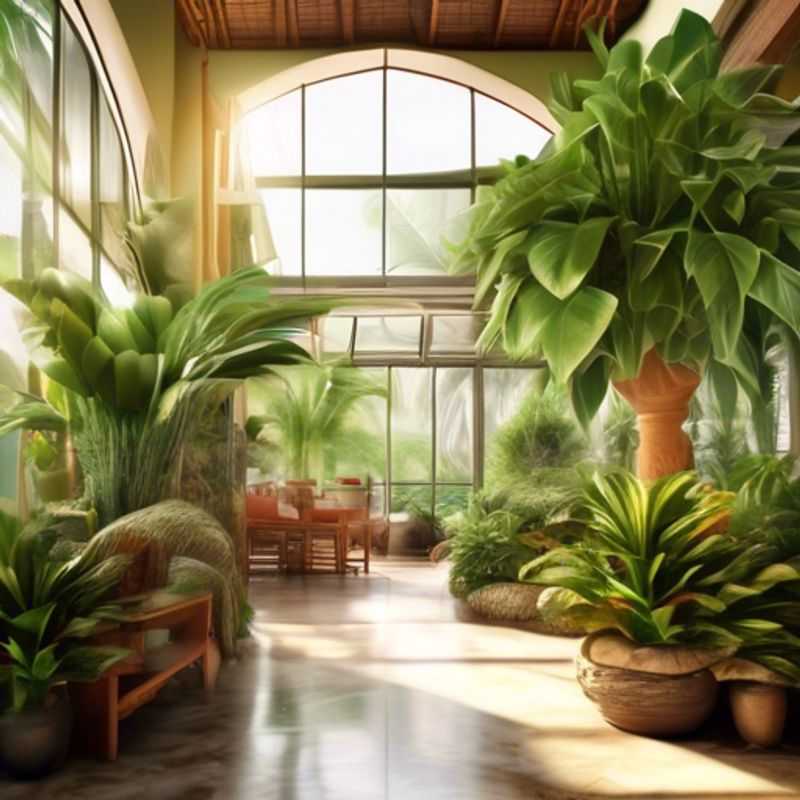
Crafting the Perfect Environment: Lighting, Temperature, and Humidity for Your Plants
A plant's well-being is deeply intertwined with its environment. Light, temperature, and humidity are fundamental factors influencing its growth and overall health. Understanding these parameters is crucial for providing optimal conditions for your plant.
Light is essential for photosynthesis, the process plants use to produce energy. The type and intensity of light required vary depending on the plant species. For instance, some plants thrive in full sun, while others prefer shade.
Temperature plays a significant role in plant growth and development. Each plant has an optimal temperature range within which it flourishes. Excessive heat or cold can stress plants and hinder their growth.
Humidity refers to the moisture content in the air surrounding your plant. Plants require varying humidity levels, with some preferring a humid environment while others thrive in drier conditions.
Monitoring and adjusting these environmental factors are essential for ensuring your plant's well-being. By providing the right light, temperature, and humidity, you can create an environment that allows your plant to flourish.
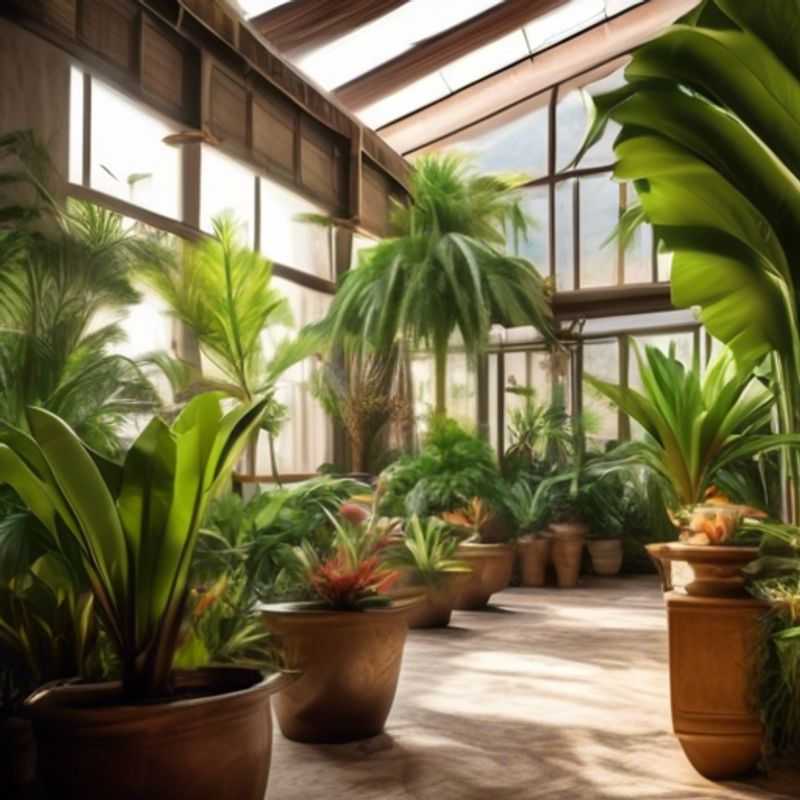
Sizing Up Success: Matching Plants to Their Perfect Pots
Choosing the right container for your plant is crucial for its health and growth. Consider the size of the plant and its future growth potential when selecting a container. A container that's too small will restrict root development and lead to stunted growth. Conversely, a container that's too large can lead to overwatering and root rot.
General Guidelines: For most plants, aim for a container that is about 1-2 inches wider than the plant's root ball. Remember, potted plants need to be repotted into larger containers as they grow. This allows the roots to spread and access more nutrients.
Material Matters: The material of the container can also impact the plant's growth. Terracotta pots are porous and allow for good drainage, but they can also dry out quickly. Plastic pots retain moisture better, but they can also lead to overwatering.
Drainage Holes: Make sure the container has drainage holes to prevent waterlogging. This is particularly important for plants that are sensitive to wet roots.
Consider the Environment: The location of the container can also influence its choice. If the plant is exposed to direct sunlight, you might need a container that is made of a material that doesn't heat up too quickly.
Repotting: Repotting your plant into a larger container should be done in the spring or early summer when the plant is actively growing. Choose a container that is only slightly larger than the previous one. Gently remove the plant from the old container, loosen the roots, and place it in the new container. Fill the container with fresh potting mix, ensuring the roots are covered.
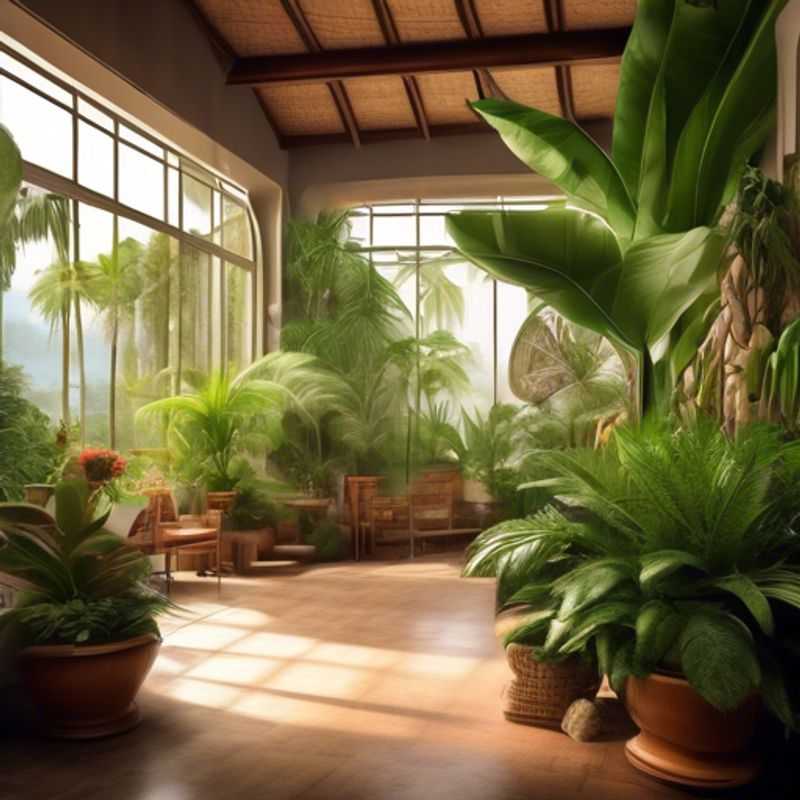
Nurturing Your Green Friend: Essential Nutrients and Watering
Providing plants with the right nutrients and watering them regularly is crucial for their health and growth. It's like giving them a balanced diet and hydration!
Nutrients are essential for plants to grow, just like vitamins and minerals are essential for humans. You can provide nutrients through soil amendments like compost or fertilizer. Water is equally important, as it helps transport nutrients through the plant and keeps it hydrated.
Regular watering ensures that the soil remains moist but not waterlogged. The frequency depends on factors like the plant species, pot size, and climate. Overwatering can lead to root rot, so it's important to allow the soil to dry slightly between waterings.
Fertilizers come in various forms, including granular, liquid, and slow-release. Choose a fertilizer specifically formulated for your plant type, as different plants have varying nutrient requirements.
Observe your plants closely for any signs of nutrient deficiency, such as yellowing leaves or stunted growth. Adjust your watering and fertilizing routine accordingly.
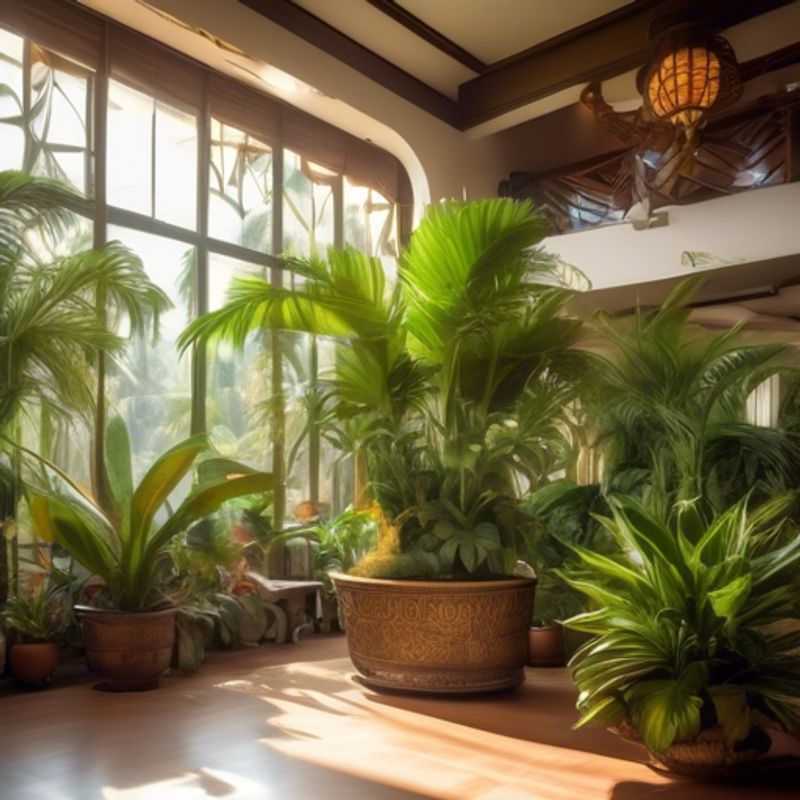
Pet and Child Safety First: Understanding Potential Toxicity Concerns in the Home
Keeping your furry friends and little ones safe is paramount. Understanding potential toxicity concerns is crucial for creating a secure home environment. Here are some key things to be mindful of:
Common household items that can be toxic to pets and children:
Many everyday items, like cleaning products, medications, and even some plants, can pose dangers if ingested. Always store these items safely out of reach. Check labels and follow manufacturer instructions.
Identifying potential hazards:
Always be vigilant about potential hazards. For instance, keep an eye out for spilled liquids, broken objects, and anything that could be accidentally swallowed. Be especially careful with small objects that could cause choking.
Educating yourself:
Research potential toxins specific to your pets and children. The ASPCA Animal Poison Control Center and the National Capital Poison Center are excellent resources. Having emergency contact information for your veterinarian and local poison control center readily available is crucial.
Taking preventative measures:
Invest in childproof locks for cabinets and drawers. Keep cleaning supplies and medications in locked containers. Securely dispose of used batteries and sharp objects. It is vital to be aware of the dangers and take preventative measures.
Staying informed:
It's essential to stay informed about potential hazards. Keep abreast of product recalls and safety alerts. Regular checkups with your veterinarian are essential, and consult with a pediatrician for any concerns about your children's health and safety.
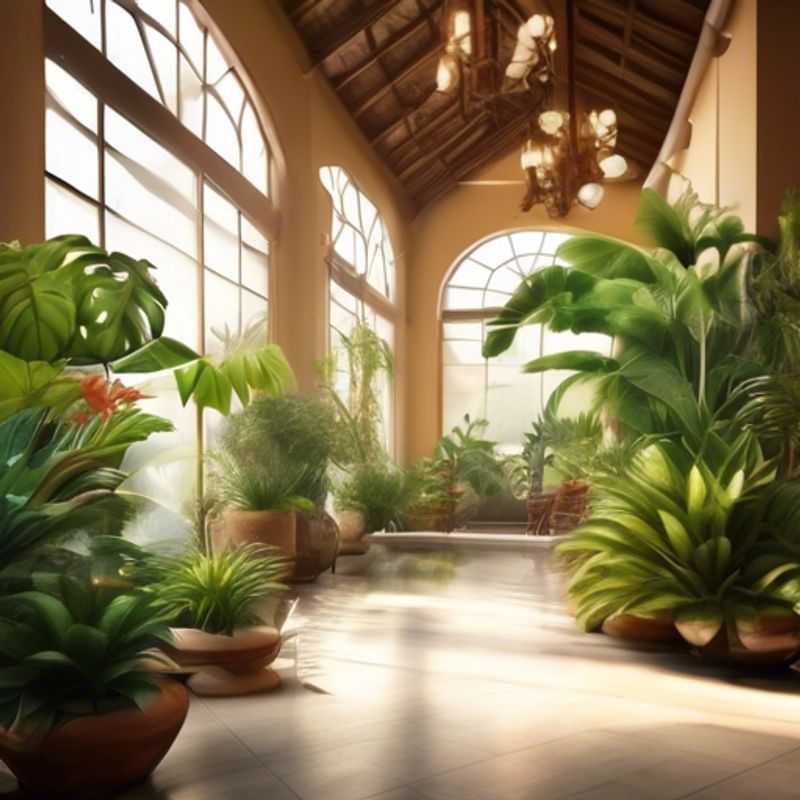
Unlocking the Secrets of Plant Dormancy: A Guide to Seasonal Care
Dormancy is a survival mechanism for many plants, particularly those in colder climates. During dormancy, plants enter a state of reduced metabolic activity, conserving energy and surviving unfavorable conditions. It's like they're pressing the "pause" button on their growth. Knowing when your plants enter dormancy and adjusting your care accordingly can help them thrive.
During dormancy, plants typically require less water, light, and nutrients. This means you can reduce watering frequency, move them to a cooler location, and skip fertilizing. Pay attention to signs of dormancy like leaf drop, color changes, or slowing growth. It's not a time for major pruning, as the plant is vulnerable.
Not all plants experience dormancy in the same way. Some plants may enter a state of dormancy for a few weeks, while others may stay dormant for months. It's crucial to research the specific needs of your plants. Online resources like plant databases or gardening forums can be great for getting species-specific information.
Understanding dormancy is key for any plant enthusiast. By understanding this natural process, you can give your plants the best possible care year-round.
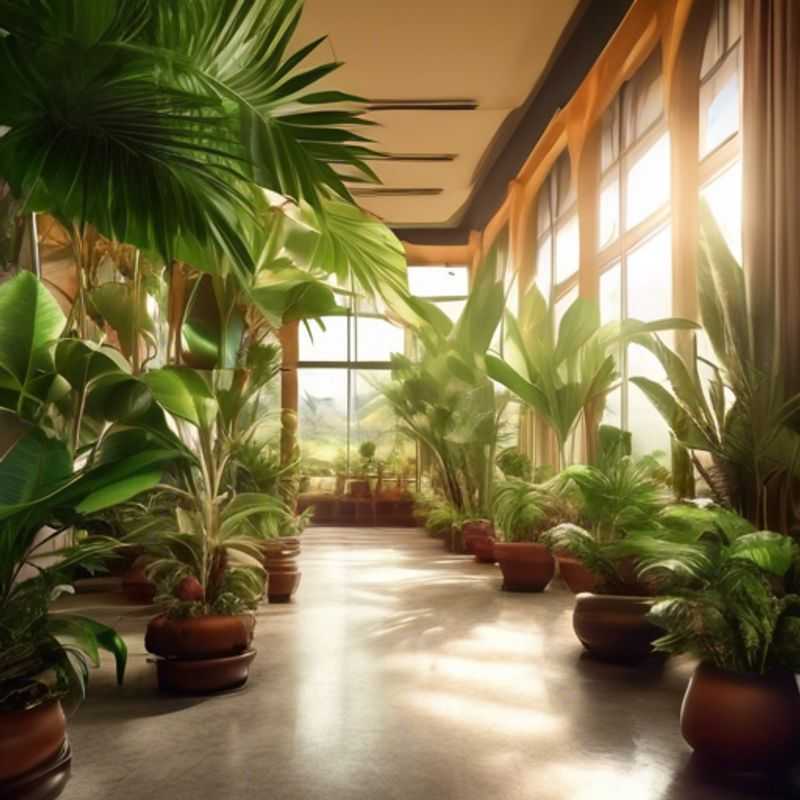
Inspecting Your New Plant: A Guide to Spotting Health and Pests
When considering the purchase of a plant, it is crucial to inspect it thoroughly to ensure it is healthy and pest-free. Begin by examining the leaves for any signs of discoloration, spots, or unusual textures, as these can indicate issues such as disease or pest infestations. Check the stems and branches for soft spots or decay, which may suggest root rot or other problems. Additionally, inspect the soil for any signs of fungus or mold, as well as for proper moisture levels.
Pay close attention to the underside of the leaves, where pests like spider mites and aphids often hide. If possible, gently shake the plant to observe any movement that could indicate the presence of pests. It's also wise to ask the seller about the plant's care history, including any treatments for pests or diseases.
While inspecting, consider the potential costs associated with ensuring a healthy plant. This may include expenses for pesticides or fertilizers if any issues are detected, as well as the investment of time needed for ongoing care. Always prioritize purchasing from reputable sellers who can provide a healthy plant, as this will save you time and money in the long run.
